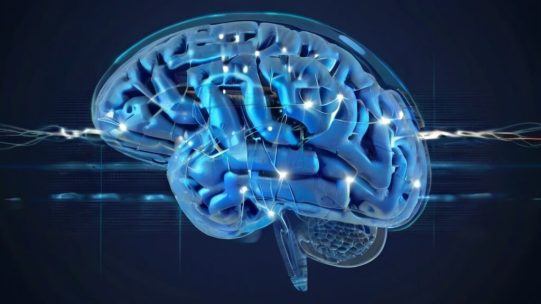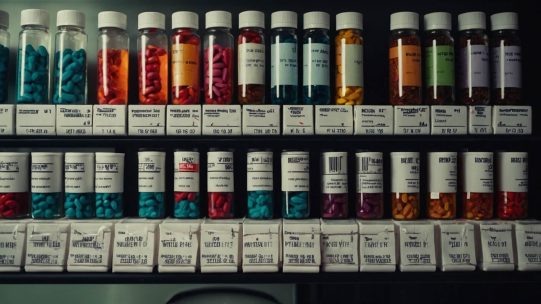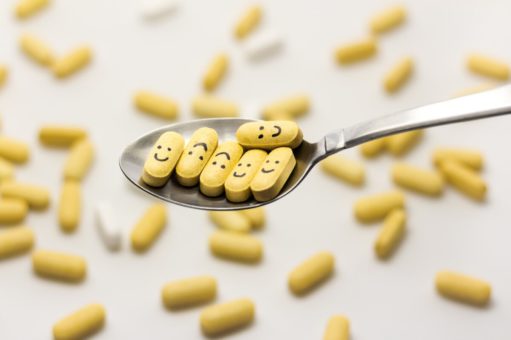Reactive Depression – How to Treat It and What Is It

When people talk about depression, they are usually referring to major depressive disorder, which affects about 21 million adults in the United States. This mental disorder affects a person’s thinking, mood, and behavior. It is characterized by lethargy, anxiety, anger, guilt, changes in eating and sleeping habits, and suicidal thoughts.
However, such a diagnosis is made if the above and other symptoms persist for at least two weeks. On the other hand, there are several other types of depression, including mood dysphoria, persistent depressive disorder, prenatal and postpartum depression, and reactive depression. The last type of depression may develop in response to significant life difficulties or other factors. The next section describes this disorder in more detail.
What is Reactive Depression?
Reactive depression is also called situational depression. It is defined as mood reactivity to external stressors. This condition occurs when a person experiences a negative reaction to a stressful situation, especially if the stressor is beyond their control. Some symptoms of situational depression can mimic the signs of major depressive disorder, but the two conditions are quite different.
If reactive depression is mild, the symptoms disappear when the situation improves. If symptoms persist despite the underlying cause being addressed, however, the patient may progress to major depressive disorder.
How to diagnose reactive depression
According to the ICD-10 International Classification of Diseases, the definition of reactive depression is an adjustment disorder with depressive feelings; it is classified under the ICD-10 code F43, Severe Stress Reaction and Adjustment Disorder. This code also covers acute stress and post-traumatic stress disorder.
This disorder is diagnosed when an external stressor is cited as the apparent root cause of symptoms. Symptoms should be observed when a person experiences a stressful event or a series of difficult experiences. Symptoms usually disappear when the situation improves. However, they may persist for several months.
Causes of Situational Depression
The main causes of situational depression are external stressors that a person is unable to cope with. Causal situations can be both positive and negative, e.g.
- An accident or a major health condition.
- Natural calamities such as an earthquake.
- Relocation.
- Pregnancy and childbirth.
- Financial challenges.
- A break up of a relationship.
- Grief caused by major losses such as divorce, job loss or death
Characteristics of Reactive Depression
Symptoms of situational depression vary from person to person. Most signs are similar to symptoms of general depression, such as social isolation, lethargy, self-indulgence, and changes in daily life. People’s response to external stressors depends on their ability to cope.
Common features of depressive symptoms include:
- Anxiety or restlessness
- Changes in the menstrual cycle in women
- Irritability and regular mood swings
- Feelings of lethargy
- Digestive system complications
- Social isolation
- General body aches
- Eating or sleeping disorders
- Listlessness and apathy
- Mental and physical fatigue
- Sadness and feeling tearful
- Significant weight changes
- Suicidal thoughts
Treatment and Management of Reactive Depression
There are three options for treating and managing reactive depression: pharmacotherapy, psychotherapy, and lifestyle changes. Medications.
Effexor – Pharmacological Treatment:
- In case reactive depression is severe, a medical professional can prescribe medications such as:
- Serotonin-norepinephrine reuptake inhibitors such as Effexor ER (Venlafaxine) and Cymbalta (Duloxetine).
- Selective serotonin reuptake inhibitors like Celexa (Citalopram) and Zoloft (Sertraline).
Change of Lifestyle
A healthy lifestyle can help manage mild reactive depression. Healthy lifestyle changes include:
- Taking balanced and healthy meals.
- Establishing healthy routines and sleep hygiene.
- Doing regular physical exercises.
- Establishing a social support network.
- Using physical and mental relaxation techniques such as yoga and meditation.
Conclusion
Reactive depression (situational depression) is caused by a negative reaction to a stressful external situation. The external stressor can be either positive or negative. This condition is diagnosed as an adjustment disorder with depressed mood. Situational depression can be treated or controlled with therapy, lifestyle changes, and medications. If you notice that your normal life is disrupted by symptoms of depression, see a mental health professional.










Comment